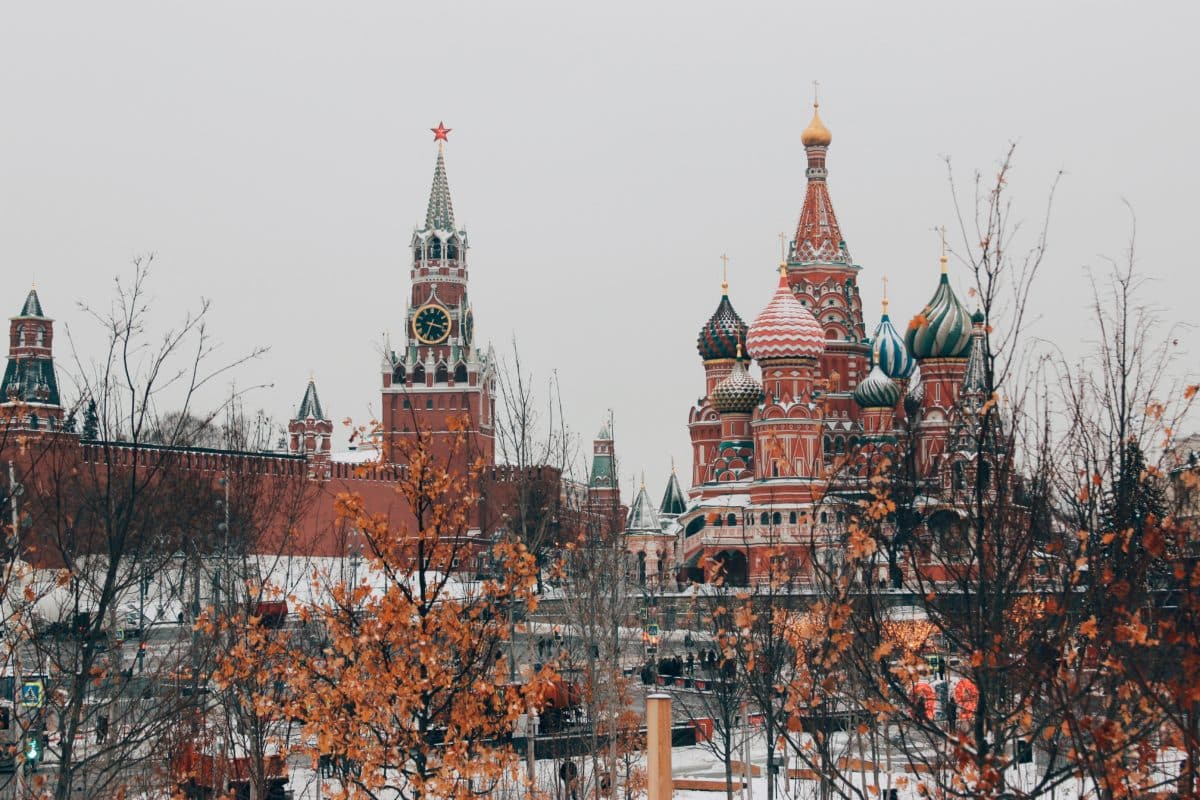
- The IMF has significantly upgraded Russia's economic growth forecast to 2.6% from 1.1% previously.
- Despite this optimistic projection, the IMF warns of substantial challenges ahead for Russia, emphasizing the impact of a war economy.
- A massive increase in defense spending contrasts with a significant exodus of skilled labor, highlighting the complex dynamics.
In an unexpected turn of events, the Russian economy has shown remarkable resilience in the face of relentless Western sanctions. Following its full-scale invasion of Ukraine almost two years ago, analysts had predicted a dire economic future for Russia. However, the International Monetary Fund (IMF) recently revised its growth forecast for Russia. It doubled the expected pace of economic growth from 1.1% to 2.6%. This review highlights an unforeseen economic vitality that has surprised many.
The shadows behind growth
Despite positive forecasts, the future of the Russian economy is full of uncertainty. IMF Managing Director Kristalina Georgieva highlighted Russia's inherent challenges, describing its current state as a “war economy.” The economic model has changed and the government is channeling substantial resources into military and defense efforts. This shift toward a war economy recalls historical patterns, characterized by increased production for military purposes and decreased consumer spending. The significant increase in military spending, where defense and security spending is expected to constitute around 40% of the total budget outlay, represents a major reorientation of the country's fiscal resources.
More than 800,000 skilled workers leave
Russia's economic challenges have worsened with the departure of more than 800,000 people. Many of these people are highly skilled workers. They work in critical sectors such as information technology and science. The current conflict and its social impacts drive this exodus. It has deprived Russia of a crucial segment of its workforce. The loss of these professionals undermines the country's current economic capabilities. It also poses a long-term detriment to its development prospects.
In short, while the Russian economy has demonstrated unexpected durability amid sanctions and geopolitical tensions, this resilience is accompanied by significant challenges. The substantial shift toward defense spending and the worrying trend of skilled labor flight illustrate the complex trade-offs facing a nation in crisis. As the international community continues to watch closely, the true cost of Russia's current economic strategy remains to be seen, presenting a picture of resilience overshadowed by looming difficulties.
!function(f,b,e,v,n,t,s){if(f.fbq)return;n=f.fbq=function(){n.callMethod?n.callMethod.apply(n,arguments):n.queue.push(arguments)};if(!f._fbq)f._fbq=n;n.push=n;n.loaded=!0;n.version=’2.0′;n.queue=();t=b.createElement(e);t.async=!0;t.src=v;s=b.getElementsByTagName(e)(0);s.parentNode.insertBefore(t,s)}(window,document,’script’,’https://connect.facebook.net/en_US/fbevents.js’);fbq(‘init’,’504526293689977′);fbq(‘track’,’PageView’)






